Anomaly Collapse is a punishing roguelite with a cute exterior
Anomaly Collapse first popped up on my radar when the development team announced that the game’s characters would be receiving noticeable redesigns — switching from somewhat standard humans to a variety of furry fighters. Despite me being pretty average at these sorts of roguelites, I decided to give the game a shot. And, while I’m not 100% sure on Anomaly Collapse’s balancing, it’s still an interesting take on the genre.
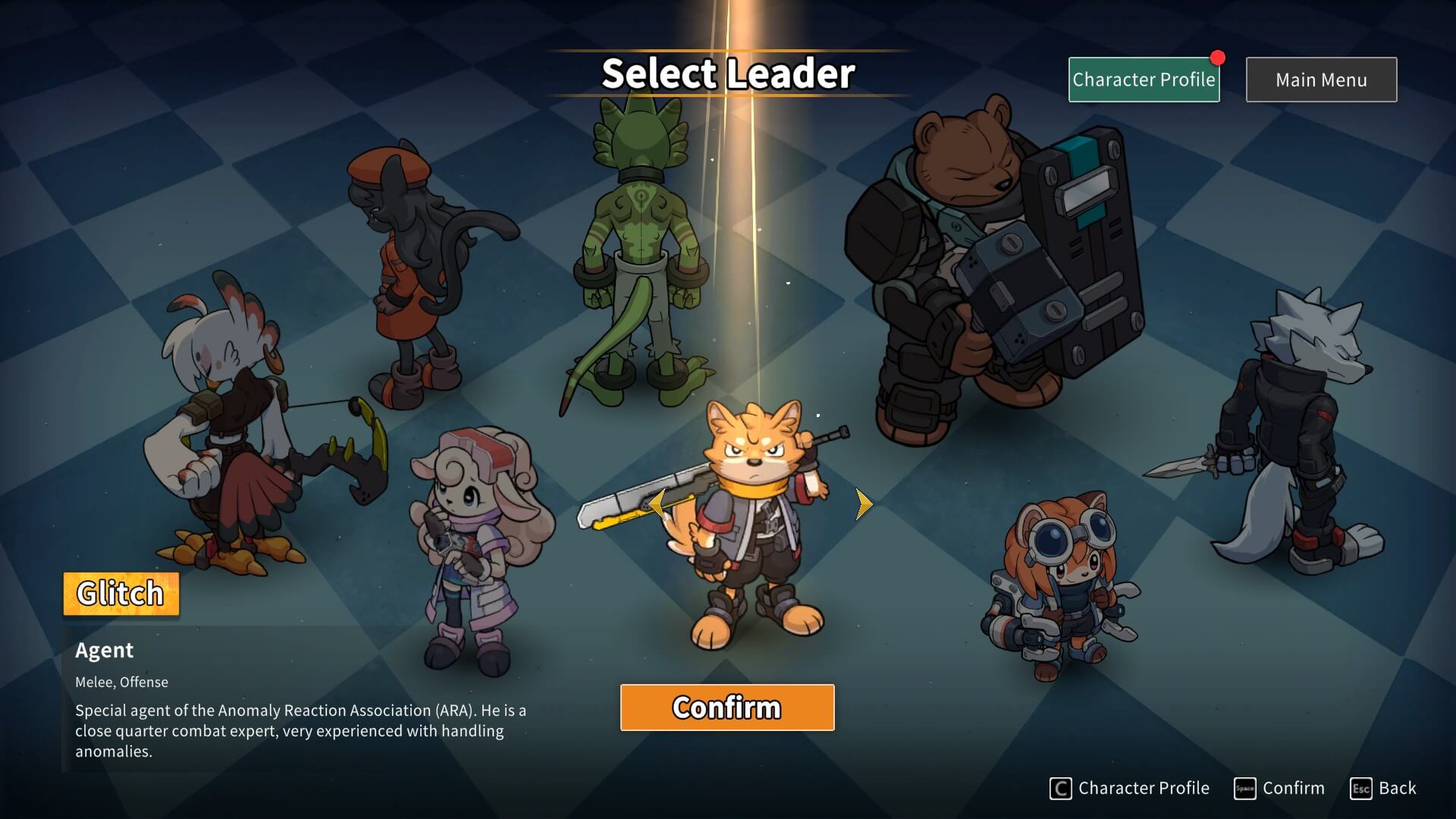
Like many roguelikes, story is not a big focus
Anomaly Collapse sees you travelling through Episilon, a city ravaged by monsters and strange anomalies. Building up a party of three characters, you’ll travel through each twisted area of the city, attempting to make it to the epicentre of the outbreak.
Despite the tutorial giving a little bit of background to the game’s events, there isn’t that much in the way of direct storytelling. Dialogue between each run is pretty much the same (outside of a few character-specific lines), and most lore is relegated to the in-game library. Most of the character backstories — you unlock more by completing areas while they’re the leader — are pretty simple too, and feel disconnected from the actual gameplay.
Of course, this isn’t exactly odd for a roguelike, though the change to more striking character designs did make me wonder if the story would have a greater focus. You don’t even get a proper ending straight away, requiring multiple complete runs to see the true ending.
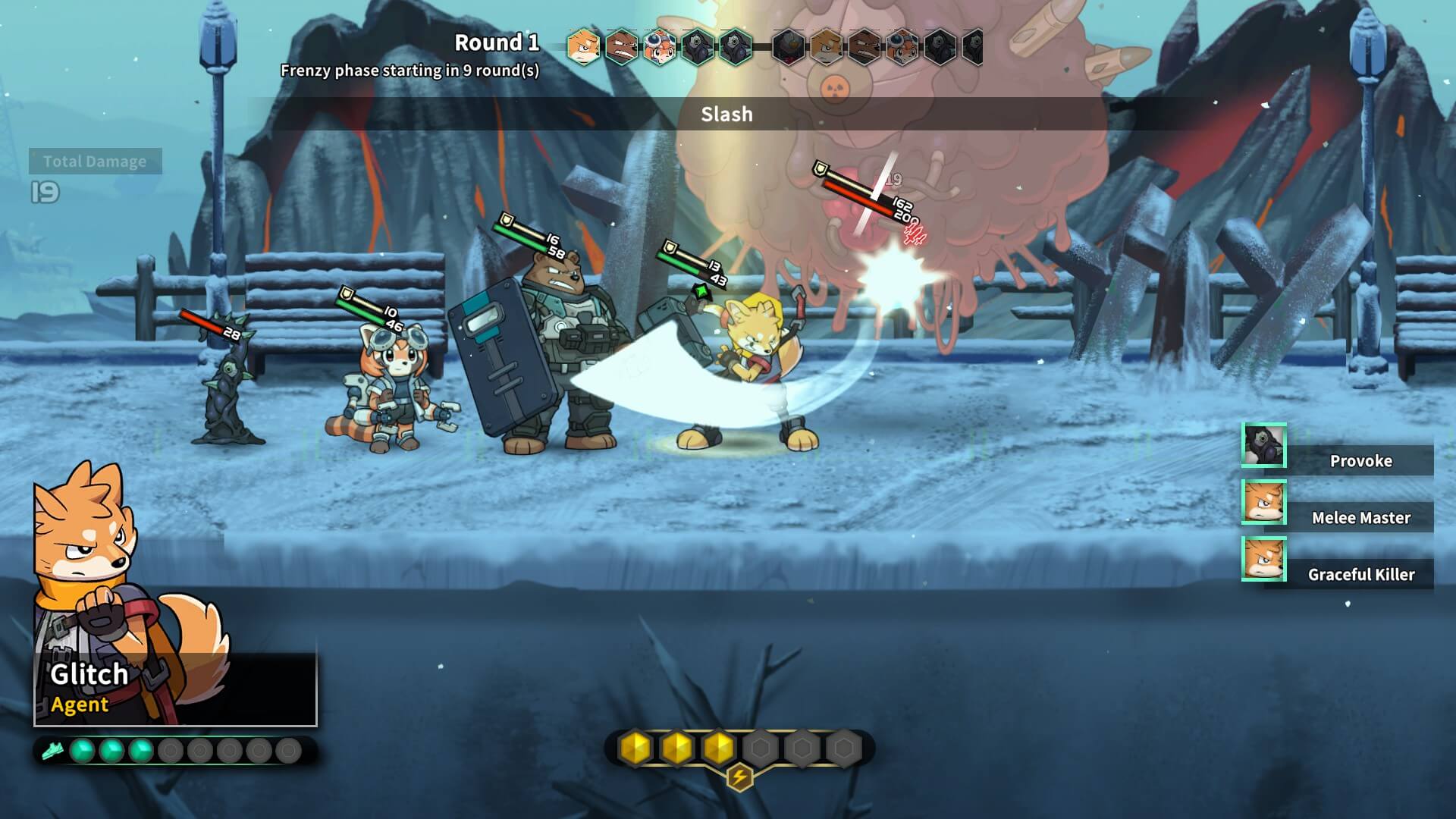
Time to die, again and again
Each run in Anomaly Collapse starts with you picking one of eight characters to lead (you eventually unlock eight playable members), each having their own initial moveset and gameplan. Glitch, the sword-wielding dog, is your starting option — and also the one I found most consistent between runs — but you quickly gain access to tank and healer archetype characters as well.
Runs are split into four areas, with the goal being to fill the investigation bar in each before fighting an area boss. This is done by taking on enemy encounters, letting you gain money and equippable items known as Abnormalities.
Combat takes place on a linear grid, with positioning being key to success. Characters have access to Movement Points, and a shared resource called Action Points. Most attacking options using AP, while moving uses MP — some attacks also use MP or both resources. It’s easy to understand the basics, and your first few encounters go by without much fanfare.
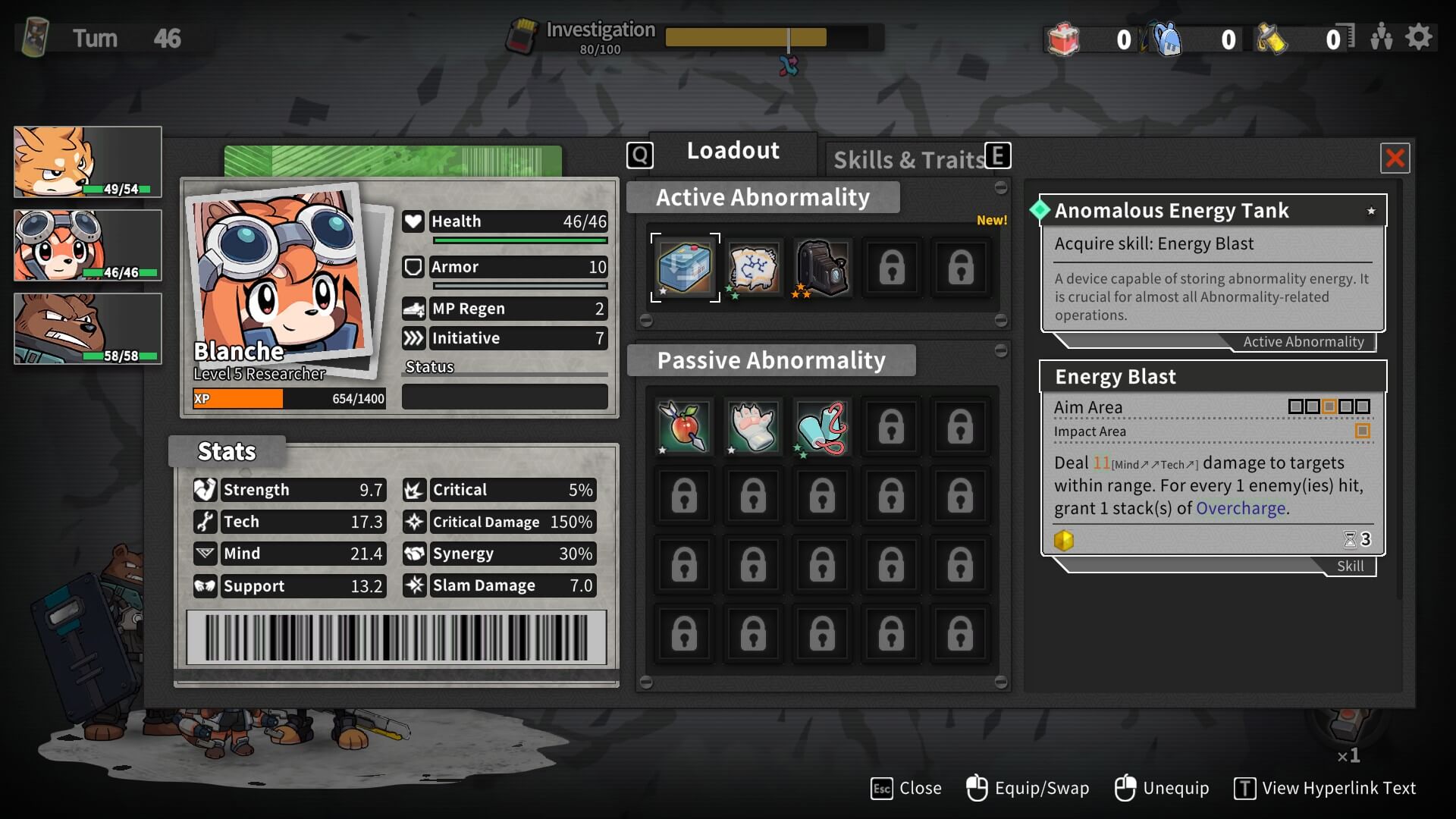
RNG issues
The aforementioned Abnormalities are where things start to get more complicated. They act as both your active and passive abilities. You’re limited on how many of each a character can equip at once, though the amount of slots can be increased using certain items or via meta progression (more on that later).
Abnormalities are pretty much what will make or break your runs. They come in three tiers of rarity, though this often doesn’t align with how useful some can be. Getting the right combinations was always what seemed to help me complete a run, rather than how I actually played.
For example, my first completed attempt happened with Glitch. I got a number of Abnormalities that helped generate AP, while also resetting the AP cost of his basic moves on kill — basic moves can be used multiple times a turn, but increase in cost every time normally. This meant that I could constantly spam attacks, and new enemies being summoned merely meant that I could keep attacking for even longer.
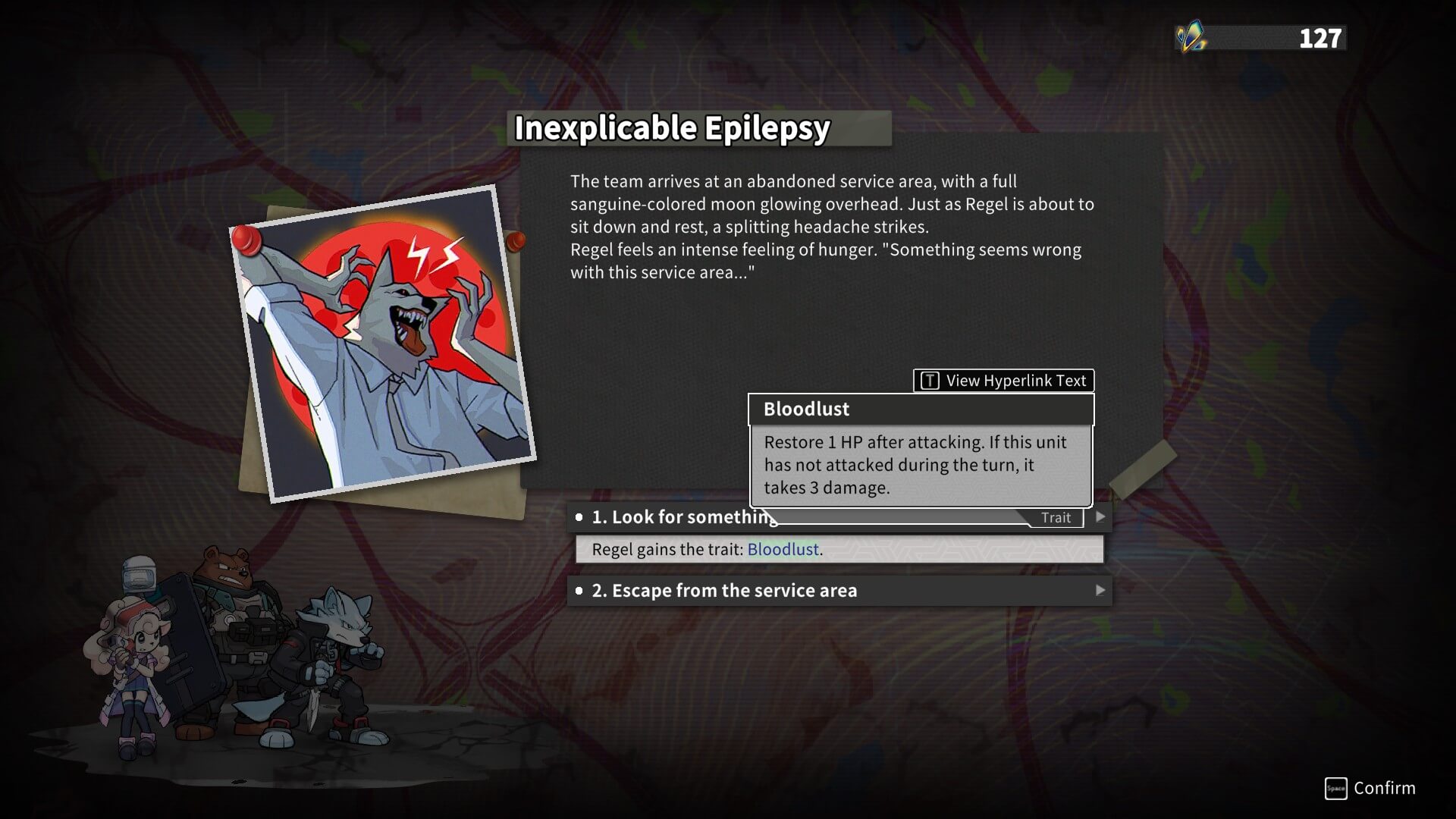
Conversely, many of the non-AP-generating Anomalies can feel too situational, punishing you for trying interesting builds instead of just going with what will always be strong. Often, I found myself stacking every Anomaly and slot increasing item on one character, since this ends up being the most consistent way to becoming powerful.
Adding to the feeling of weird balancing are Area Factors. These are modifiers applied each encounter, having a number of effects such as pushing units around or making enemies come back from the dead. Some are automatically applied to each area, while others can trigger based on events. With how punishing some of these can be, I always found myself skipping anything that would add more of them, since the rewards were never worth it.
RNG can be mitigated somewhat by completing challenges for each character. Each one can gain new starting Anomalies, stat and xp boosts, and permanent Anomaly slots as you make progress, which makes future runs slightly easier. However, it’s never quite as helpful compared to the noticeable boons you gain via meta progression in games like Hades.
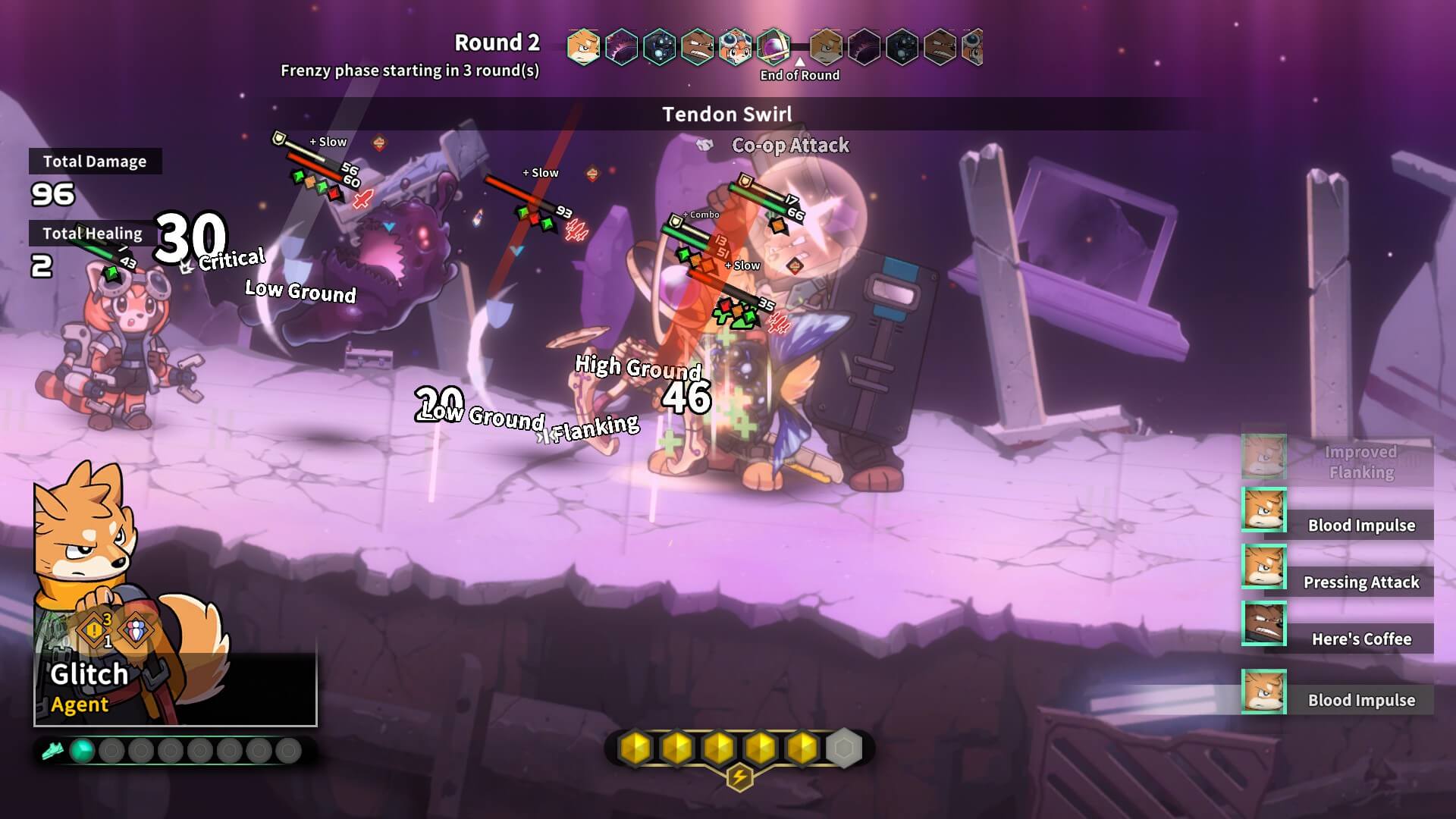
Poorly presented info makes for a rough new play experience
However, the biggest issue I had was just how badly information is presented to you. Buffs and debuffs can’t be easily figured out at a glance, each using generic red or green icons unless you examine the unit directly. Information on effects is also cumbersome to check — it can sometimes take multiple key presses just to find out what an Anomaly actually does.
The worst is when actions that cause movement or AOEs come into play, with numbers, text, and lots of other pop-up all triggering at the same time. It makes what can already be a punishing game feel even more confusing to learn, especially on controllers where things feel more cumbersome over mouse and keyboard.
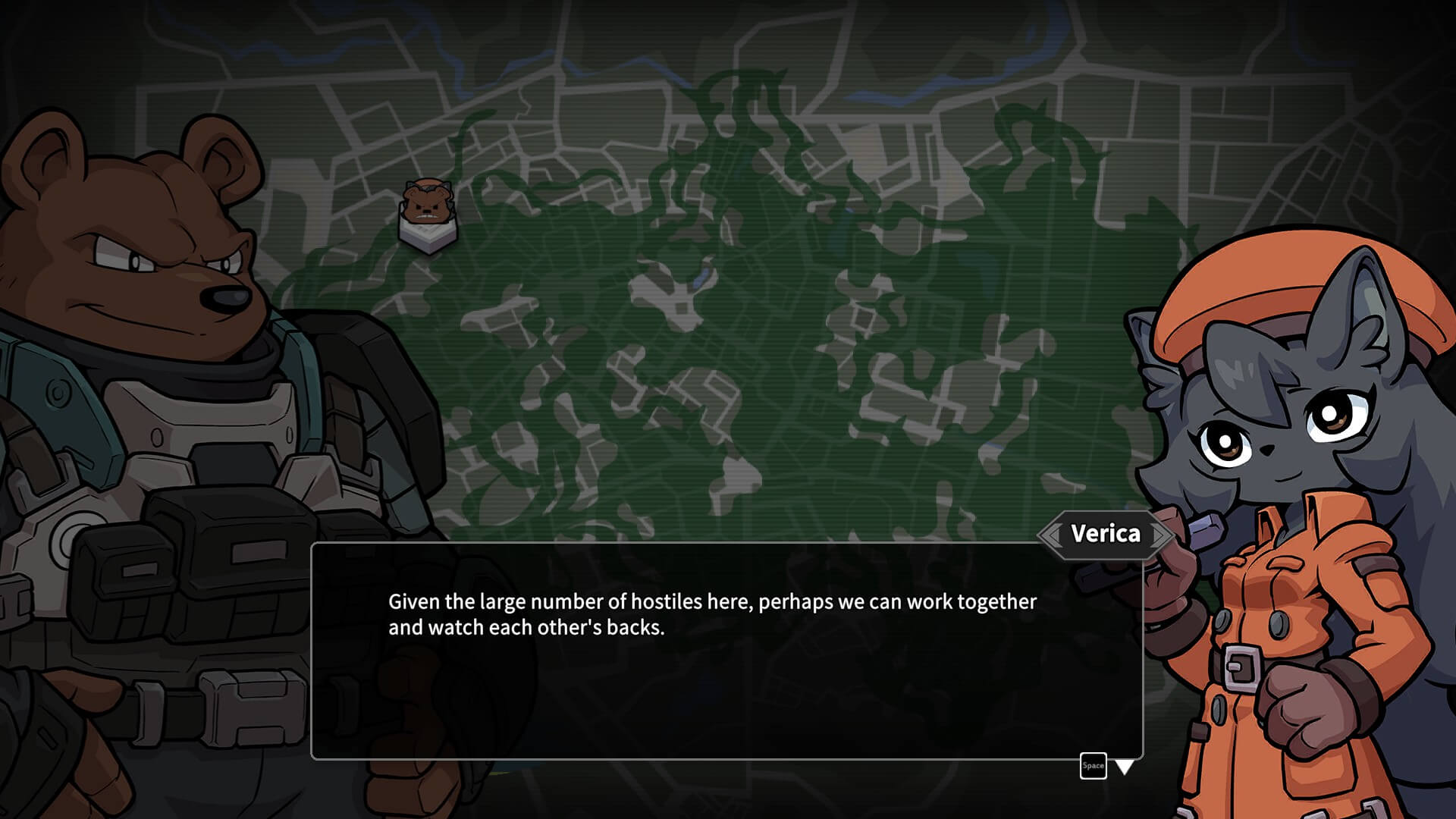
Anomaly Collapse still holds potential
And yet, despite my (many) gripes with aspects of Anomaly Collapse, I still think it has a solid base to work from. The combat, despite some potential balance issues, allows for some strategic play. Positioning is key, including keeping allies together for combo attacks or splitting them to flank enemies. I also liked encountering new enemies and figuring out how to deal with them.
Anomaly Collapse is an interesting game, but one I’d maybe recommend waiting on a few patches for to see if certain issues can be ironed out. Despite the cute characters, it’s not for the faint of heart, and it certainly doesn’t do the best job of onboarding new players.
We reviewed Anomaly Collapse on PC via Steam using a copy provided by the publisher.
Join The Discussion
Rice Digital Discord
Rice Digital Twitter
Rice Digital Facebook
Or write us a letter for the Rice Digital Friday Letters Page by clicking here!
Disclosure: Some links in this article may be affiliate links, which means we may earn a small commission if you make a purchase after clicking on them. This is at no additional cost to you and helps support Rice Digital!
- Street Fighter 6 Akuma DLC arrives May 22 - April 29, 2024
- Lidia announced for Tekken 8 Season 1 - April 29, 2024
- Wizardry: Proving Grounds of the Mad Overlord remaster launch May 23 - April 27, 2024



